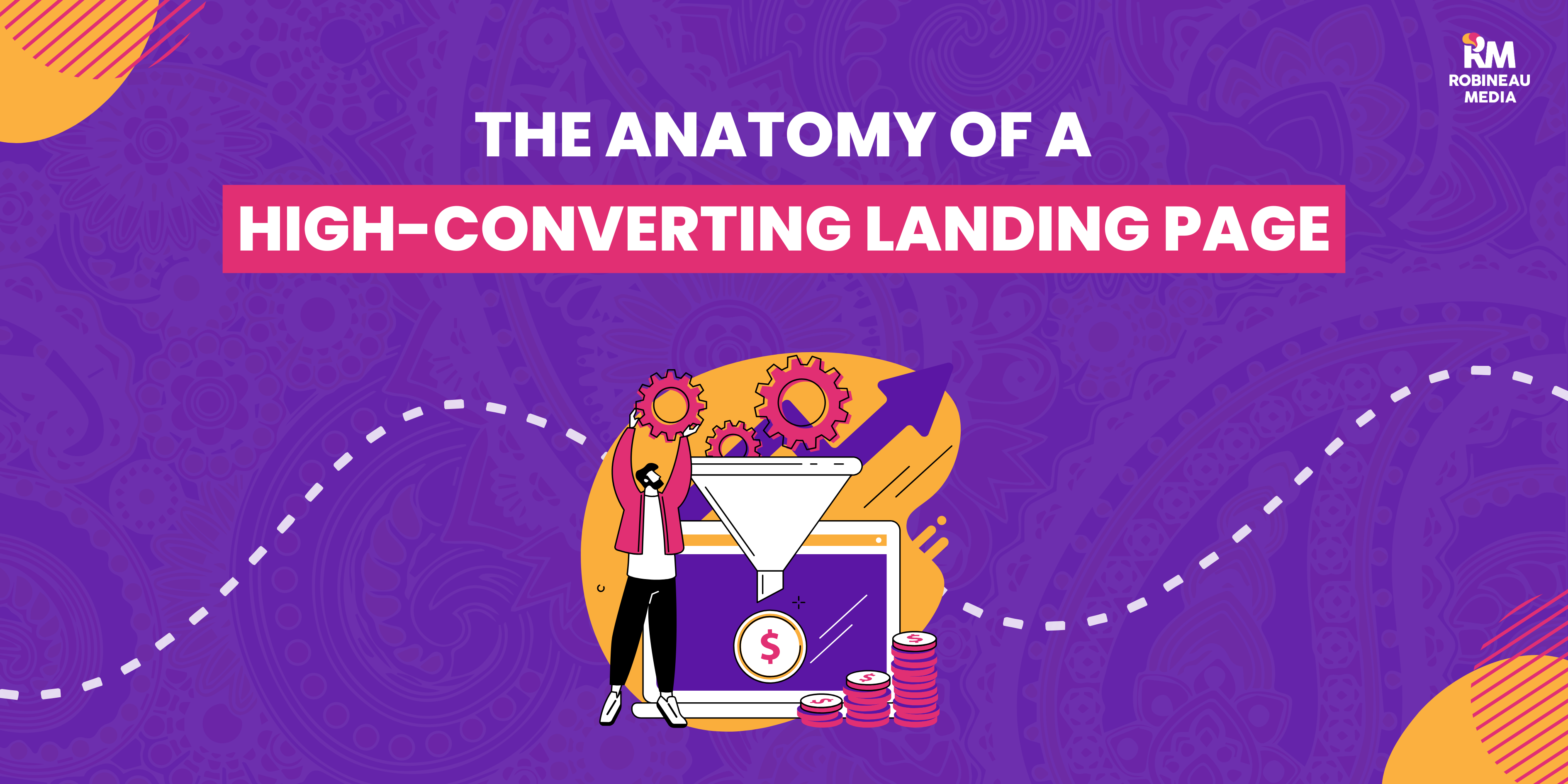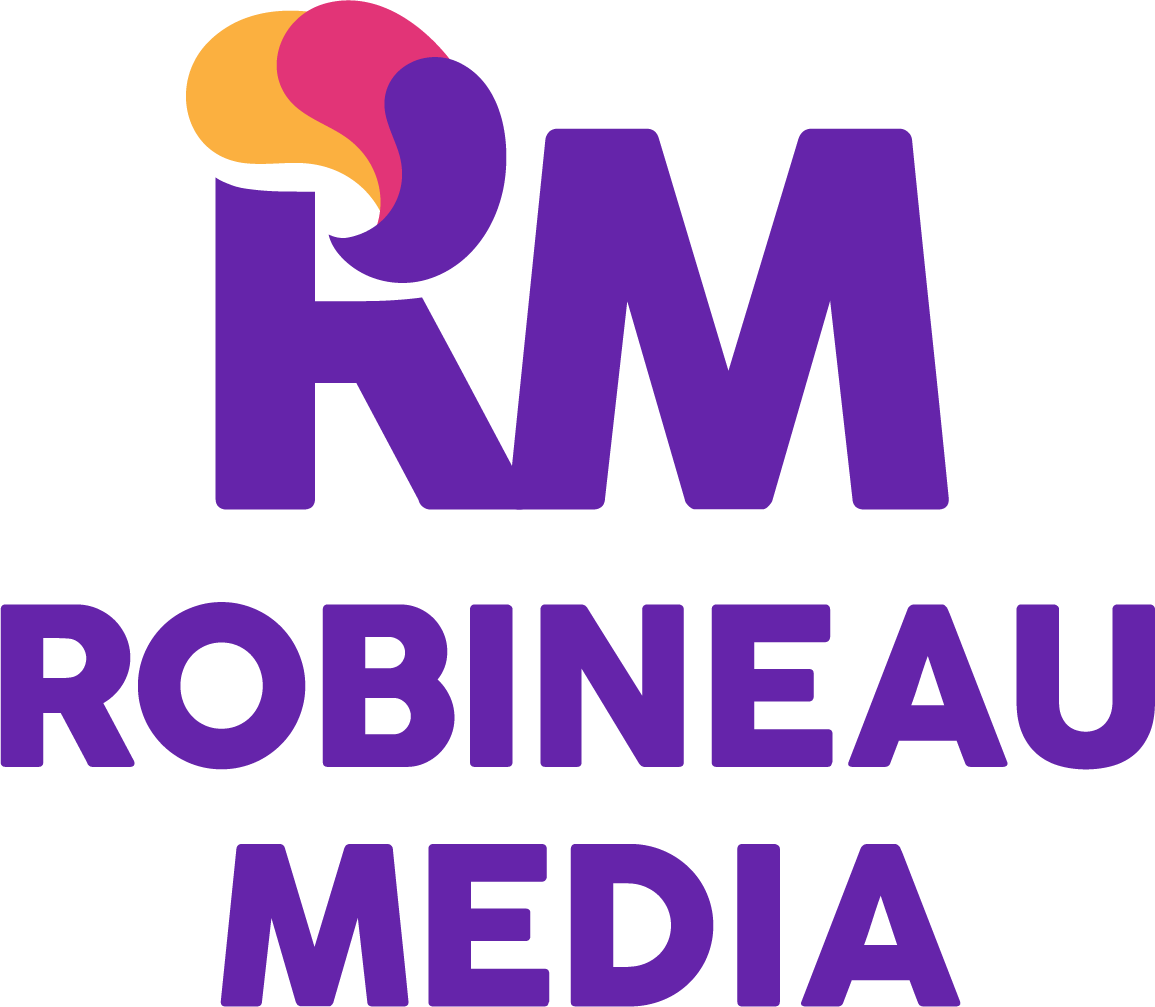
A landing page is more than just a digital billboard, it’s a conversion engine. For marketers and businesses investing in paid traffic, a high-converting landing page can make (or break) your ROI. But what separates pages that merely attract clicks from ones that reliably turn visitors into leads or customers? Let’s walk through the anatomy of a landing page that truly converts, with a mind to real design, persuasion, and flow.
Setting the Foundation: Strategy Before Design
Before you think about buttons or fonts, begin by defining who will see this page, what exact action you want them to take, and how your offer solves a pressing problem for them. Every element on your page should support that singular conversion goal.
Traffic should never be sent to a generic homepage or a page that presents multiple pathways; you’ll lose their attention and conversions. Focus your page on one “Most Wanted Action”: whether that’s downloading a PDF, starting a free trial, or scheduling a call.
Once you know your audience, goal, and message, draft your copy first; don’t drop in placeholder text or lorem ipsum. The copy shapes the design and the design elevates the copy.
Above the Fold: Make the First Impression Count
When a visitor lands, they make a snap judgement: does this page speak to me, or should I bounce? The hero section, the area visible without scrolling, MUST deliver clarity, relevance, and a reason to stick around.
Struggling with your hero section? Here’s a few things to keep in mind:
- Headline & Supporting Text
Your headline should instantly communicate the core promise in language that mirrors the ad or link they clicked. A secondary. Line or tagline can flesh out context or support what’s promised in the headline, offering just enough detail to intrigue without overwhelming.
- Hero Imagery or Media
A strong visual (photo, illustration, or short video) should help visitors imagine themselves benefiting from the offer. The visual must be coherent with the messaging, not decorative noise.
- Primary Conversion Module
Whether that’s a lead form or a “Start Now” button, your call-to-action (CTA) must live prominently in the hero area. Make it unmissable and unmistakable!
Balance white space, alignment, and usual hierarchy to guide the eye from headline, to benefit, to CTA in a clean, focused flow.
Deepening the Case: Body Content That Reinforces Trust
Once the visitor scrolls, your goal is to alleviate doubts, add persuasive substance, and stay on the path toward conversion. Never distract them away from your main aim.
Here’s a few tips to make your landing page stronger:
- Benefit-Driven Copy & Supporting Details
Start with what your product or service does, then explain how it works, why it’s better, and finally what the visitor should do next. Use short paragraphs, bullets, and callouts to keep it scannable. Anchor your language in what the visitor will gain, rather than just technical features.
- Features, Proof Points, & Specifics
Here you can break out features, credible stats, metrics (like “Used by 5,000+ users”), charts, icons, or other micro-elements that support your claims. Each detail should reduce perceived risk.
- Social Proof & Testimonials
Show real voices: names, faces, quotes. Use result-based testimonials over generic praise. Position these near CTAs to reinforce the decision.
- Reassurance & Trust Signals
Do you offer a money-back guarantee? Free trials? A privacy policy link? A short FAQ section for the most common blocking questions can ease anxiety in your visitors.
- Secondary CTA:
Toward the bottom of your page, offer another chance to convert so someone who scrolls doesn’t have to scroll back up. Keep it consistent with the primary CTA in color and tone, but offer a variation in the wording.
Design & Microcopy: Subtle Cues That Guide Action
Design and microcopy are the quiet persuaders of a landing page. They don’t shout; they direct. A clean layout, smart use of white space, and clear visual hierarchy should lead the eye naturally toward your CTA. Remove anything that competes for attention (cluttered graphics, unnecessary links, or navigation bars).
Your color palette and typography should highlight what matters, not overwhelm it. A strong contrast on your CTA button, for example, makes it pop without breaking your aesthetic. Design should serve the message, not decorate it.
The comes microcopy, the small, strategic bits of text that calm hesitation and build trust. Phrases like “Cancel anytime” or “We won’t share your information” can make the difference between an abandoned form and a completed one. Every word near your CTA should create comfort, clarity, and confidence.
Iterate & Optimize: Never Set It and Forget It
Even the best-designed landing page isn’t the final product. Once live, run A/B tests. Change headlines, button text, color, layout, or any other factors. Gather data on scroll depth, how long people spent on specific pages or sections, and conversion drop off points. Use what you learn to refine your landing page.
Sometimes minor adjustments like removing friction in the form or tweaking guarantee phrasing can move the needle significantly.
Document every test and result, and over time you’ll build a landing page specific to your audience.
The anatomy of a high-conversion landing page isn’t about stuffing in every marketing buzzword or copy trick. It’s about clarity, focus, and removing friction. You win when every glance, scroll, and click keeps moving the visitor closer to your goal. If you build with intention, design with direction, and test with rigor, the landing pages you deploy will be your conversion machines.
Contact Robineau Media today and let our team help you craft a high-conversion landing page for your business!

